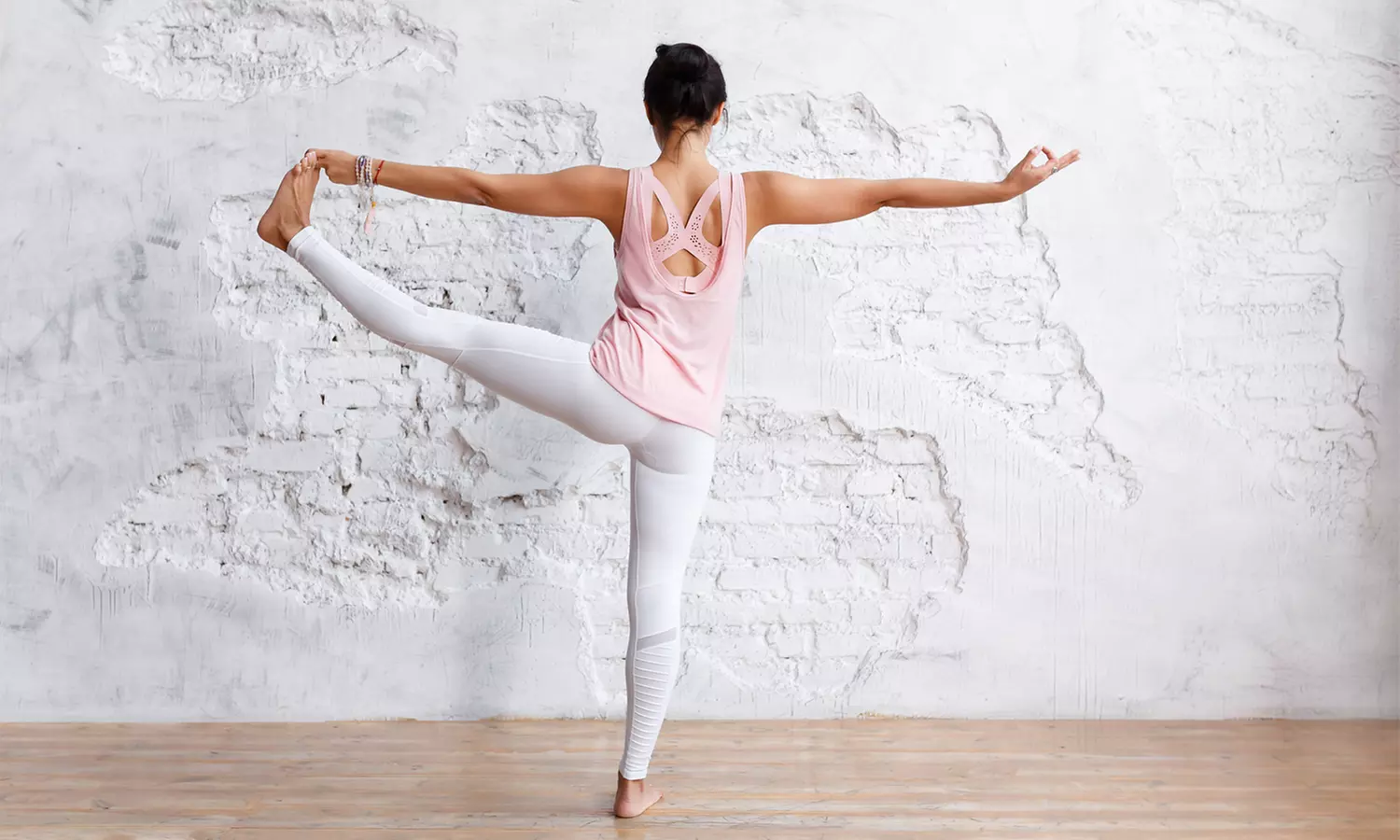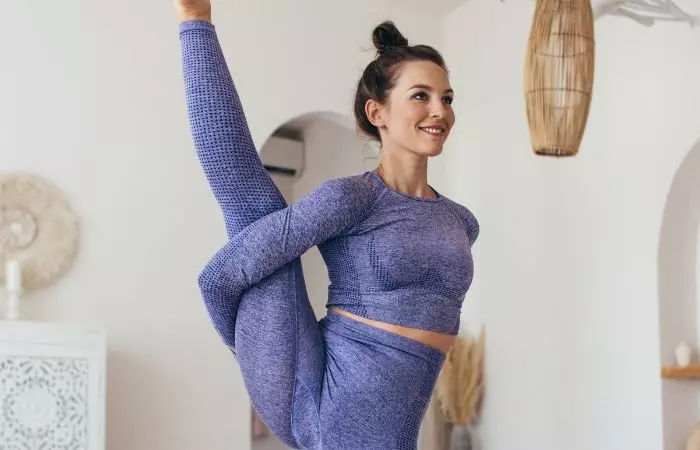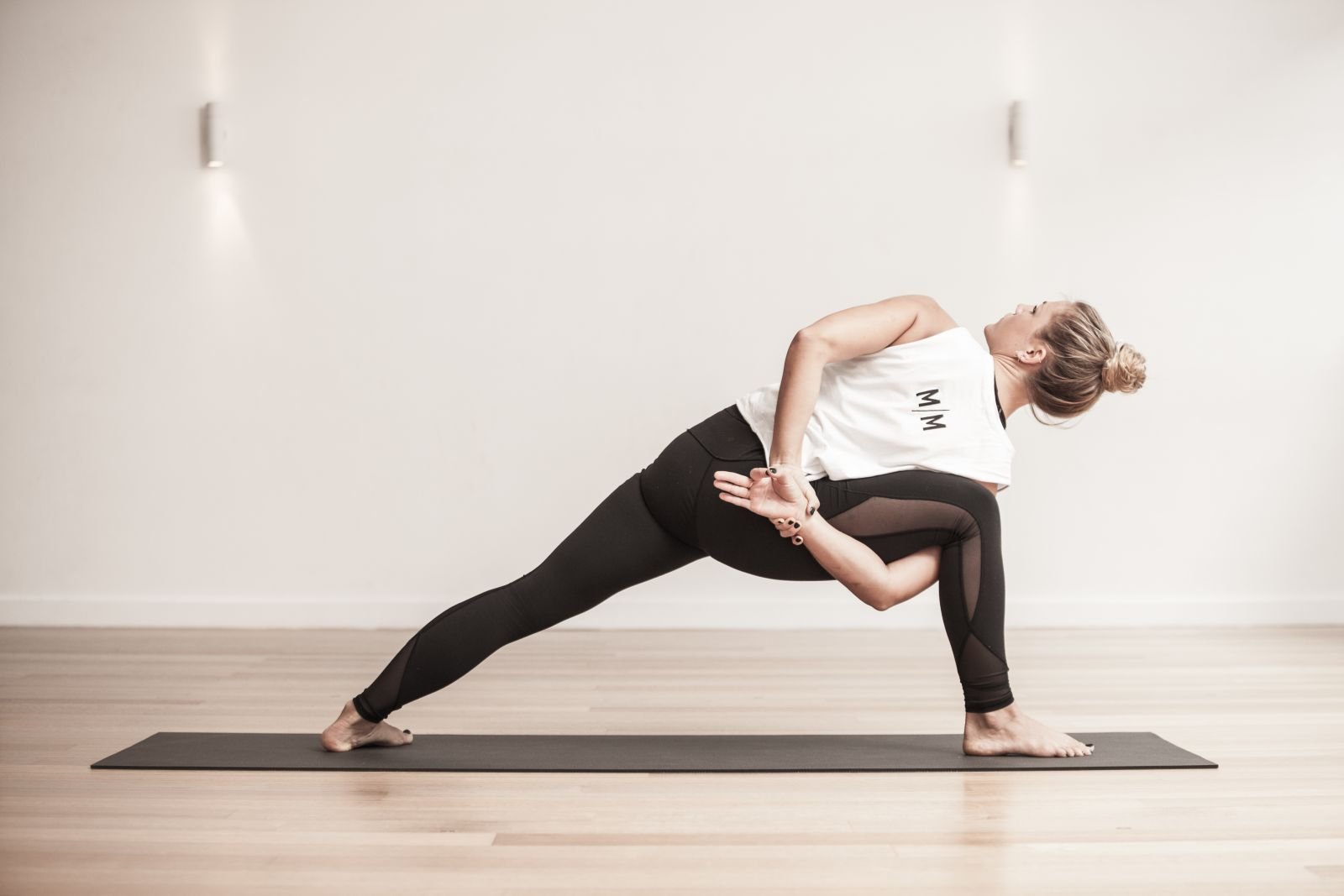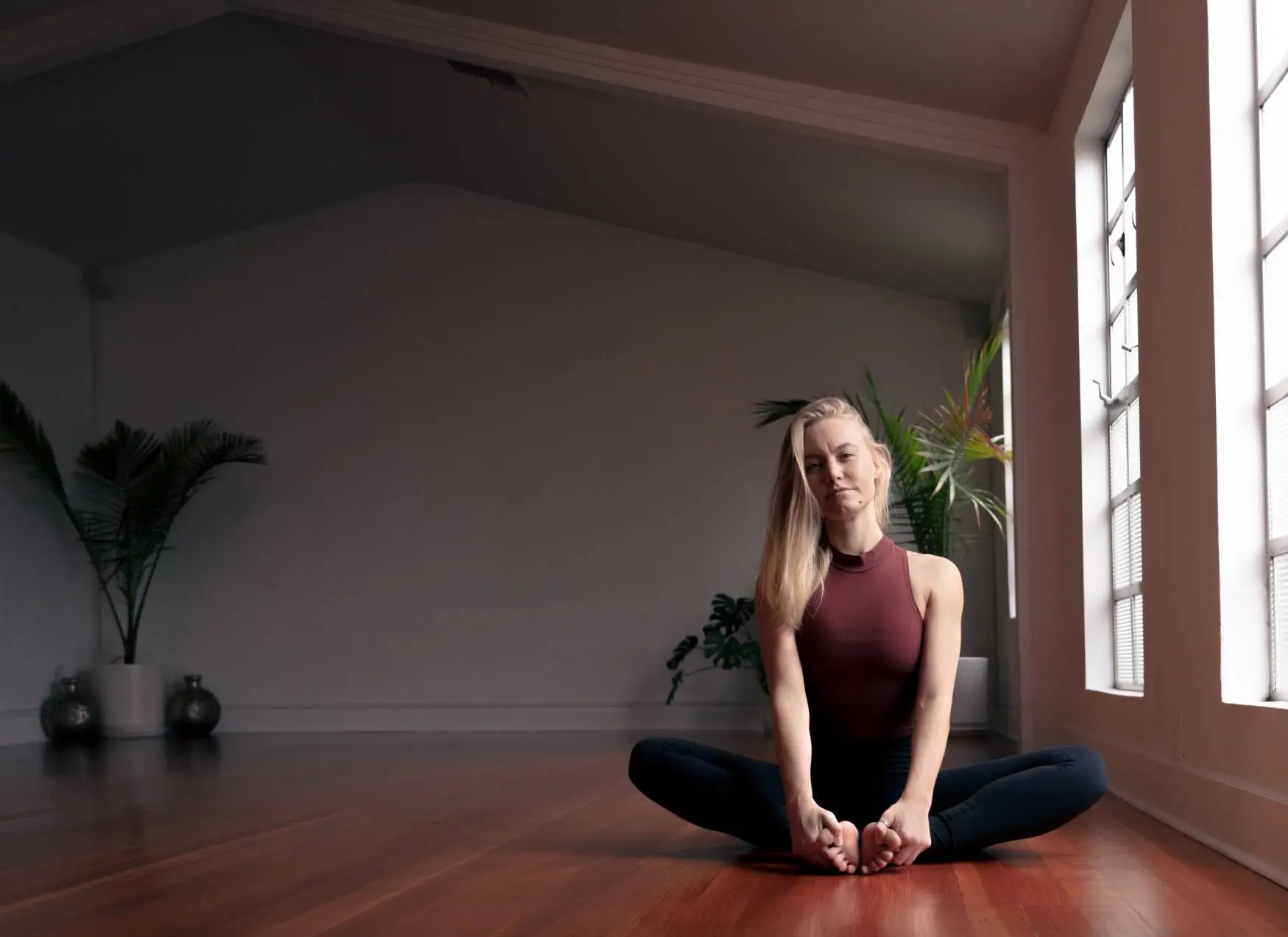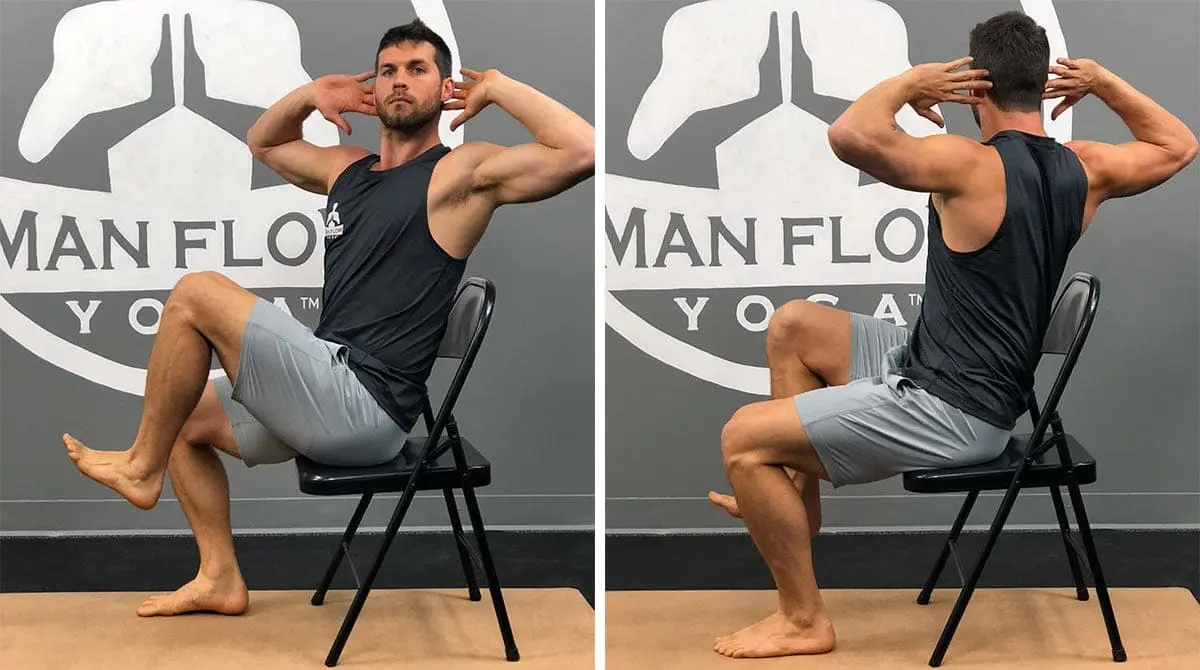How can Bird of Paradise Yoga improve flexibility?
Yoga provides a route to mental calm, emotional equilibrium, and physical health through its diverse forms and postures. The Bird of Paradise (Svarga Dvijasana), one of the numerous asanas that have enthralled practitioners all over the world, is a shining example of elegance, beauty, and power. In-depth discussions of the Bird of Paradise yoga posture's history, advantages, detailed directions, variants, and advice for perfecting this graceful pose will be covered in today's yoga blog.
Read Also: What Is The Meaning Of Yoga In Music?
The History And Significance Of The Bird Of Paradise Yoga Pose
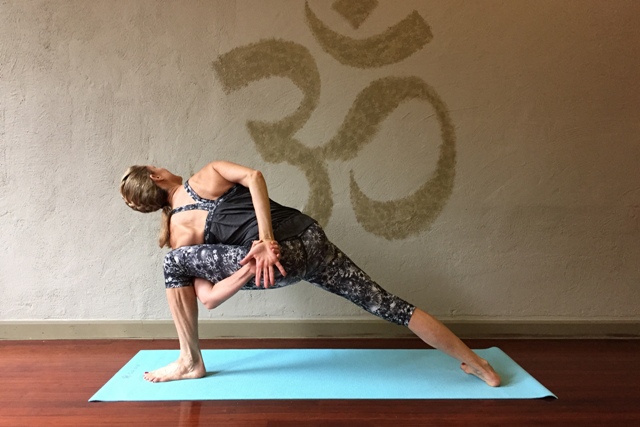
When performed with complete immersion, the asana represents beauty, elegance, and liberation. The Bird of Paradise stance represents the joy and spiritual elevation of yoga practice, even though yoga poses frequently take inspiration from nature and animals.
The Bird of Paradise Pose: What Is It?
Bird of Paradise is a standing balancing position in yoga. Folding forward, tying your hands behind one leg, and gradually raising yourself to a standing posture while keeping your hands bound are the steps involved. The bent leg inclined toward the sky will be straightened in its complete Bird of Paradise yoga.
The Reasons Bird of Paradise Is So Difficult
The position known as Bird of Paradise is intermediate to advanced. In vinyasa yoga classes, it's frequently cued as a peak posture, so you'll need to work your way up to it with the appropriate preparatory poses.
Bird of Paradise, in Aditi's perspective, is a pose that needs extensive warm-up and practice. "We're building something, so we're going to do a little bit of that movement, then a little bit more, and then a little bit more," I usually say in my sessions. After that, we'll work our way up to that posture. To put it another way, rather than attempting to master Bird of Paradise the moment they set foot on their mat, both novice and experienced practitioners should spend time practicing postures that will help them build up to it (which we'll explore soon).
Read Also: 5 Powerful Heart Chakra Affirmations to Transform Your Life
The Advantages of Paradise Birds
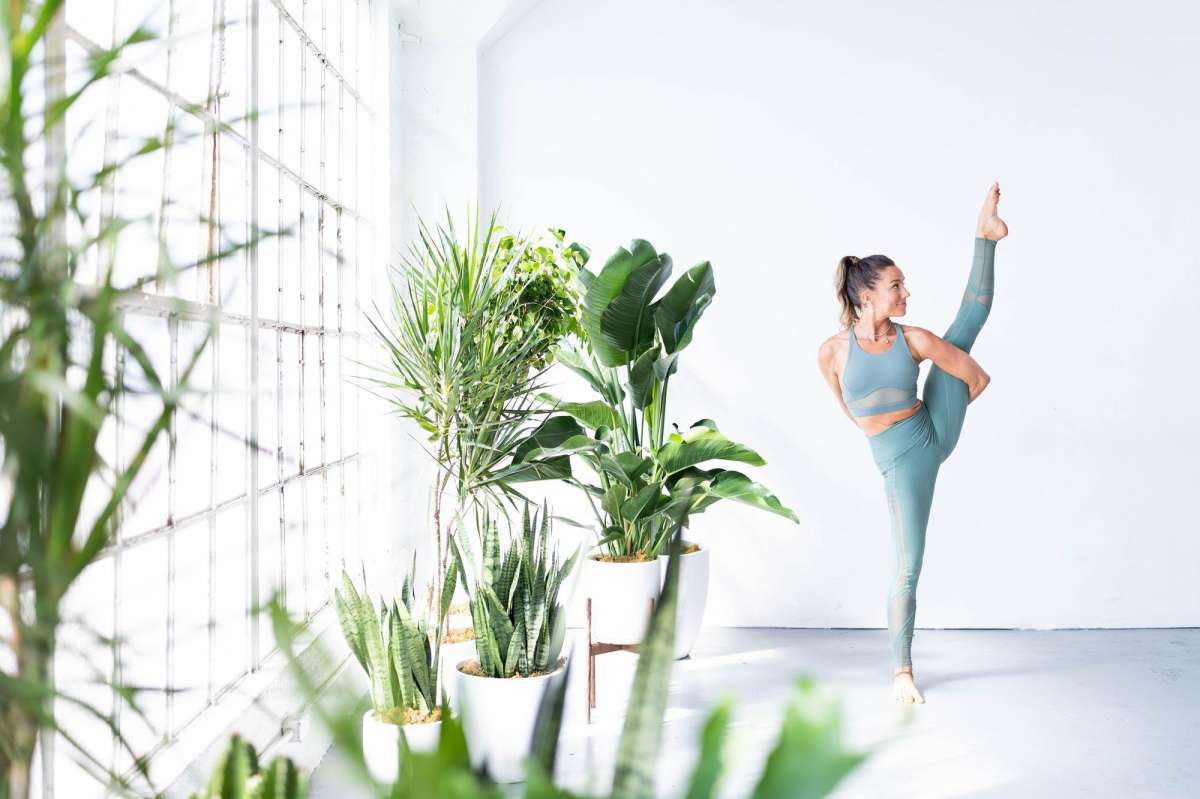
- Among Bird of Paradise's advantages include, but are not restricted to:
- Increasing equilibrium
- Increasing adaptability
- Developing lower body strength
- Opening the groin, hamstrings, hips, and shoulders
- Strengthening your grip
- Increasing concentration
- Increased awareness of the body
A feeling of serenity
It's important to keep in mind that every yoga pose has advantages, including the more difficult ones like Bird of Paradise and the motionless, silent Corpse Pose (Savasana). A 16-week yoga intervention enhanced the following outcomes in a 2023 research of 40 female college students that was published in the journal PLoS One:
Bird of Paradise: How to Do It?
Follow Aditi's instructions below to practice Bird of Paradise.
1. Assume the starting position
Place your feet wider than your hips and stand at the top of the mat. Fold forward.
2. Tuck, Bend, and Bind.
Cuddle your right shoulder beneath your bent right knee. Secure the bind with your right hand while bringing your left arm behind you.
You May Also Like: The Role of Cosmic Energy Shifts in Spiritual Awakening
3. Get Back to Standing
Evenly distribute your weight onto your left foot. Maintaining a bent right knee and a tight bind, gradually rise to a standing posture. Refrain from hunching your shoulders forward and maintain an upright posture. Take steady breaths in and out. To keep your equilibrium and concentrate, find your drishti.
4. (Optional) Extend the Bent Leg
Straighten your right leg slightly toward the sky if you're prepared to build up to the full Bird of Paradise yoga.
5. Get Out of the Pose by Working Your Way Out
Reverse the steps you used to enter the posture (bending the upper knee if you extended it, folding forward, and releasing your bind) and exit it slowly.
Variations & Modifications to the Bird of Paradise Pose
Does Bird of Paradise need to be changed? You can keep your bound by using a strap or cloth if you are still unable to clasp your hands.
Furthermore, despite its dazzling appearance, Aditi believes it's not absolutely required to lengthen your bent leg. If you're not quite there yet, you can still profit from Bird of Paradise. You are still practicing the stance even if you change it. She shares, "Don't worry about extending the leg." Instead, "consider identifying Bird of Paradise's building blocks and work on that."
Bird of Paradise Yoga's Advantages
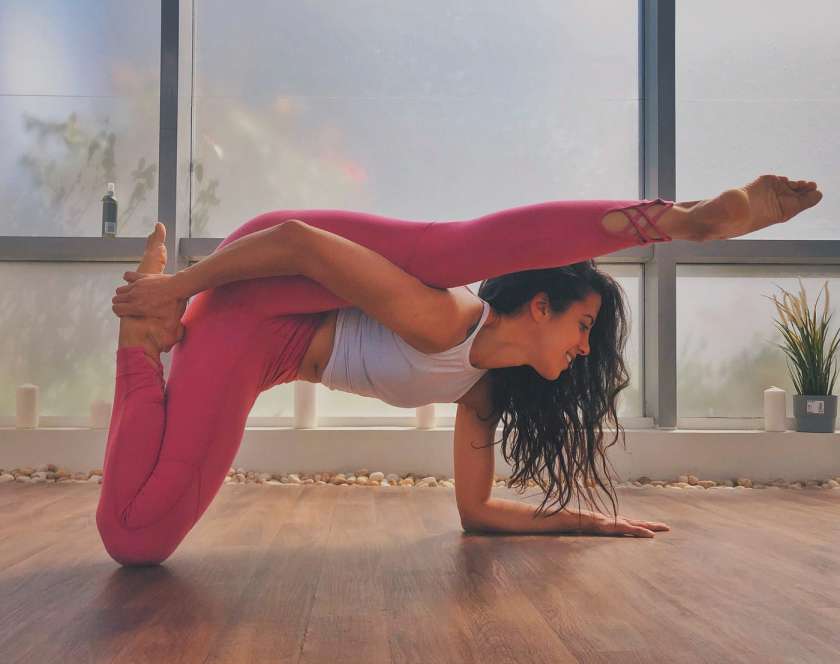
Regularly performing the Bird of Paradise stance may improve the body and mind in many ways.
- Strengthens the Legs and Core: To keep balance and stability, the posture calls for a solid base and uses the legs and core muscles.
- Enhances Balance and attention: Maintaining the bird paradise yoga stance requires attention and concentration, which can enhance balance and mental clarity.
- Increases Flexibility: By stretching the shoulders, groins, and hamstrings, this pose increases general flexibility.
- Encourages a Sense of Well-Being: The Bird of Paradise yoga stance, like many others, may aid in lowering tension and anxiety while promoting calm and wellbeing.
Changes and Adaptations
Beginners or people with limited flexibility can benefit from modifications to the Bird of Paradise:
- Employ a Strap: If you are unable to clasp your hands behind your back, fill the space with a towel or yoga belt.
- Keep the Bound Leg Bent: Try standing with the other leg bent if you find it difficult to completely extend your leg. Using a yoga mat is advised to provide a stronger grip.
- Practice Next to a Wall: As you learn to balance in the bird of paradise, use a wall as support for your yoga positions.
In conclusion
The yoga stance known as Bird of Paradise is a stunning demonstration of balance, strength, and flexibility. It provides a road to inner serenity and self-discovery while physically taxing the practitioner. You may reap the many advantages of this position and reach new heights in your yoga journey by practicing consistently, being patient, and respecting your body's limitations.

